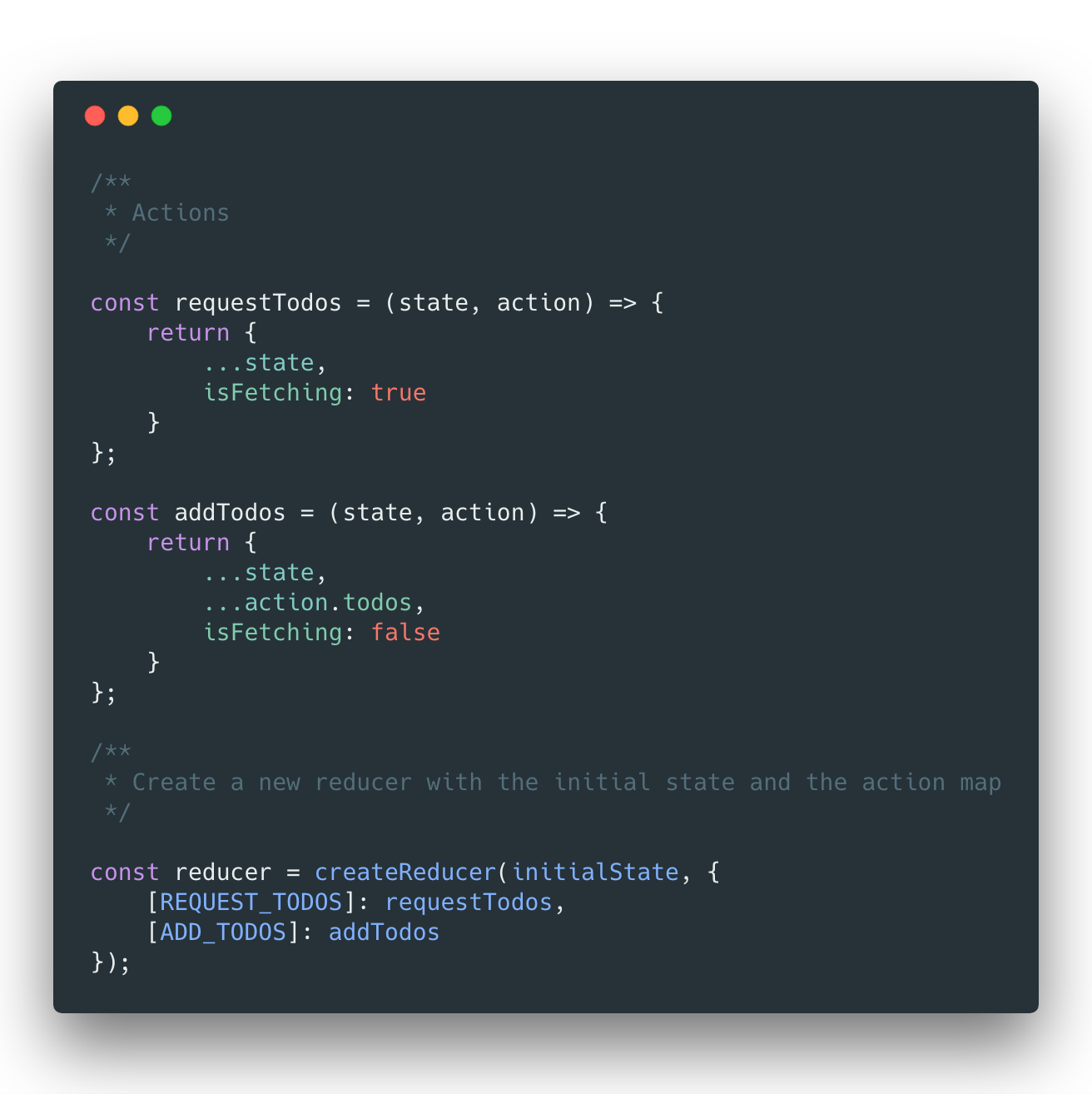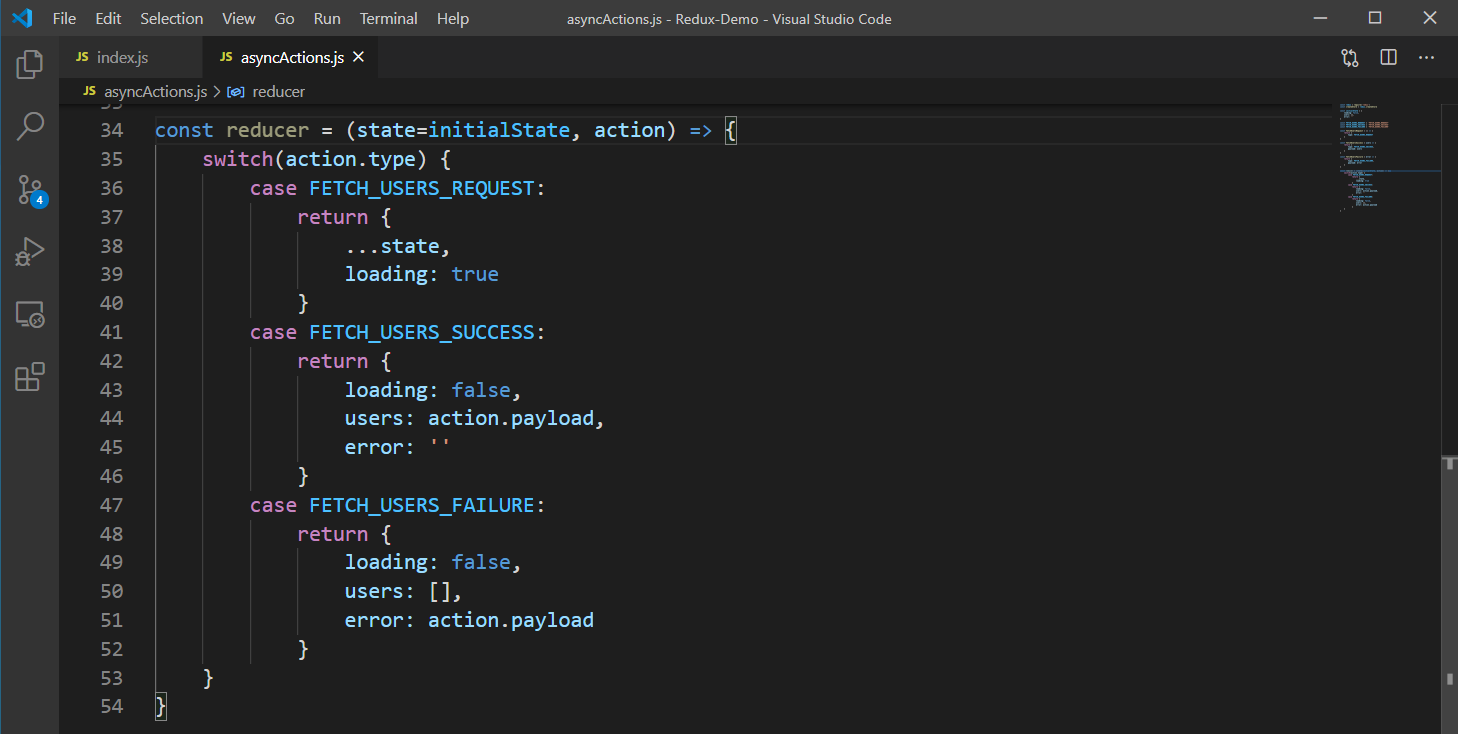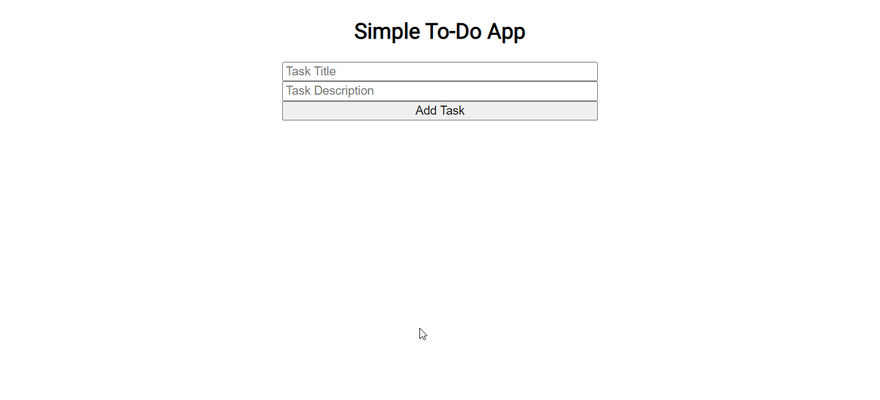
We’ll create a function called `githubReducer“. In the context github folder, I’m going to create a new file called GithubReducer.js, where all of our GitHub-state-related reducers will go. So let’s jump to our application as we want to create a specific file for our GitHub context reducer. For us to get the USERS result when we search their names that’s where our Reducers come in. We’ve created our app, and its purpose is to get data from every GitHub user and their repositories. We’ll be skipping the building of our app to save time, but you can find it at my GitHub repo. We’ll be working on our React app, and we’ll be implementing a Reducers function. So, if you have a whole cake (previous state) and then eat half of it (action), its the reducer who will tell you. We’ll be creating a Github-Finder app with Redux Reducers for a better understanding. Implement Reducers in our Github-Finder app JS Redux allows initializing the store without an preloaded state by omitting the preloadedState parameter from the createStore function. Start enjoying your debugging experience - start using OpenReplay for free.
REDUX REDUCER FULL
OpenReplay is self-hosted for full control over your data. OpenReplay is an open-source, session replay suite that lets you see what users do on your web app, helping you troubleshoot issues faster. We can ensure that the state remains the same when adding all new items and changing the contacts field in the state (if previously present) by using a spread operator. This allows us to return a new object that is filled with the state that is supplied to it and the payload that the user sends.
REDUX REDUCER CODE
This pattern can be applied many times, and while there is still a single top level reducer managing the state of your app, you will find it convenient to express it as many reducers call on each other, each contribution to a part of the applications trait tree.We use a spread operator in the code above to avoid changing the state value directly.
REDUX REDUCER UPDATE
Reducers are also normal JavaScript functions, so they can call other reducers to delegate and abstract a way of handling of updates of some parts of this tree they manage. Speaking of the code that uses the action to update our application state, in Redux terminology this part is called a reducer. Different reducers specify how different parts of the trait tree are updated in response to actions. The part described in this lesson is pervasive in Redux's development, and is called reducer composition. Which allows you to get state anywhere in your code like so: const localState1 getState (reducerA.state1) const localState2 getState (reducerB.state2) But think first if it would be better to pass the external state as a payload in the action. While this is not required in this particular example, I suggest that you always have the default case where you return the current trait to avoid all in the future. You can try to use: redux-named-reducers. We extracted the to-do reducer from the to-dos reducer, so now we need to call it for every to-do, and assemble the results into an array. The user wants to delete a todo, we’ll do it without mutating our original state.

Finally, there is no magic in Redux to make it work. To append we spread the data from the state first and then add the new data. But in this case, this trait refers to the individual to-do, and not to the least of to-dos.

The action specifies what occurred, and the reducer’s role is to return the updated state as a result of that action. What is a Reducer A reducer is a pure function in Redux that accepts an action and the application’s previous state and returns the new state.

As a matter of convention, I decided that it should also accept two arguments, the current trait and the action being dispatched, and it should return the next trait. Reducers update the store based on the action.type value here, ADDTOCART.
REDUX REDUCER HOW TO
In this case, I decided that creating and updating a to-do in response to an action is a separate operation, and needs to be handled by a separate function called to-do. I will go over how to improve your Redux reducers by making them faster and how to avoid the cyclomatic complexity warning/error you might get with. Any time a function does too many things, you want to extract other functions from it, and call them so that every function only addresses a single concern. This function is hard to understand because it makes us two different concerns, how the to-do's array is updated, and how individual to-dos are updated. Right now, the code to update the to-do item or to create a new one is placed right inside of the to-dos reducer. Similarly, in Redux a reducer takes the starting state and an item to process, and return the. In the previous lesson we created a reducer that can handle two actions, adding a new to-do, and toggling an existing to-do. The state processed by a reducer function is immutable.


 0 kommentar(er)
0 kommentar(er)
